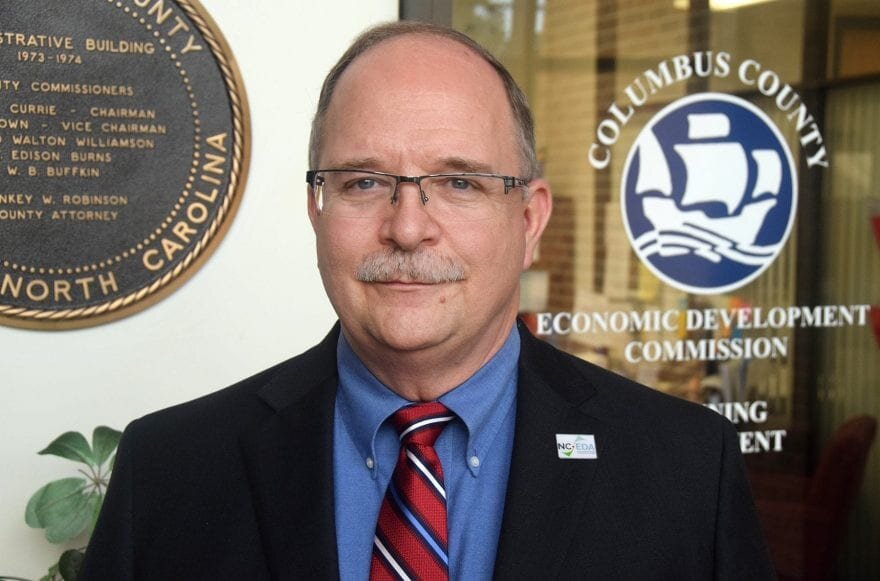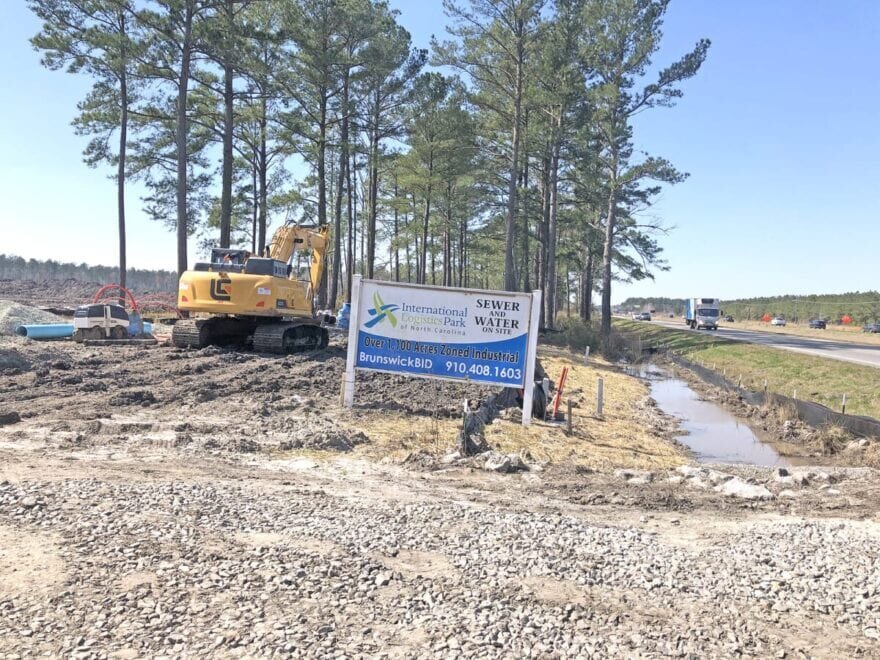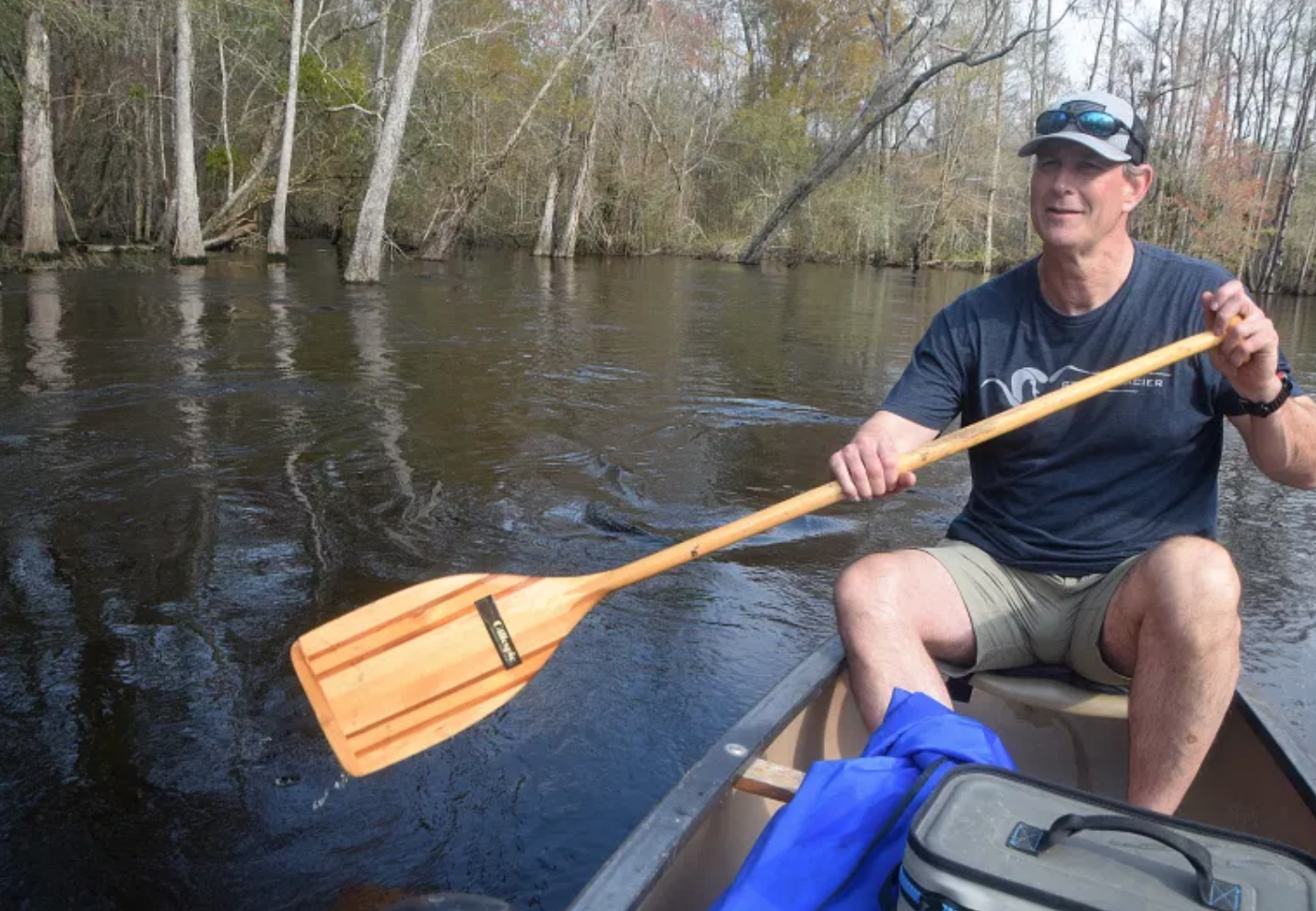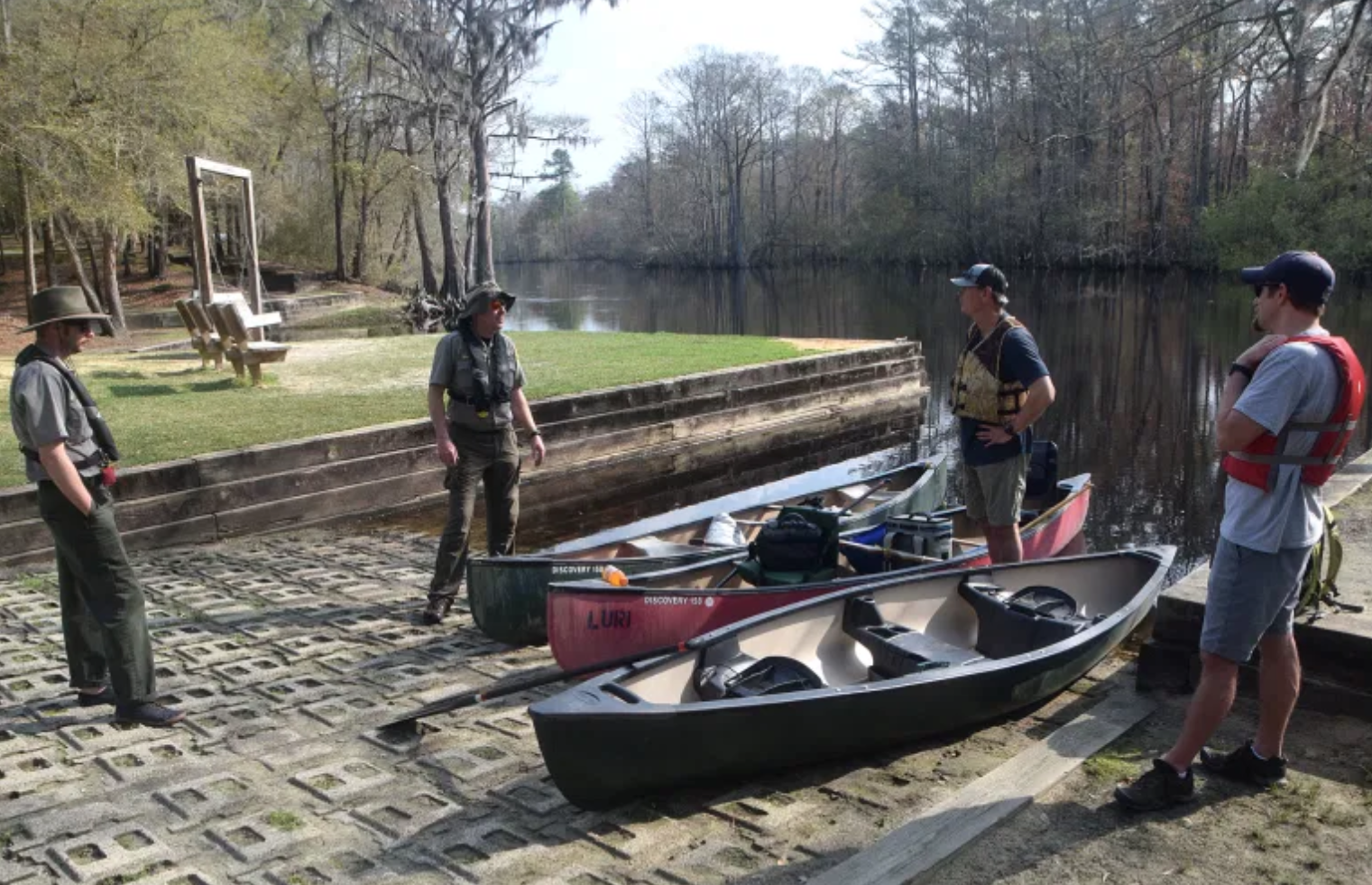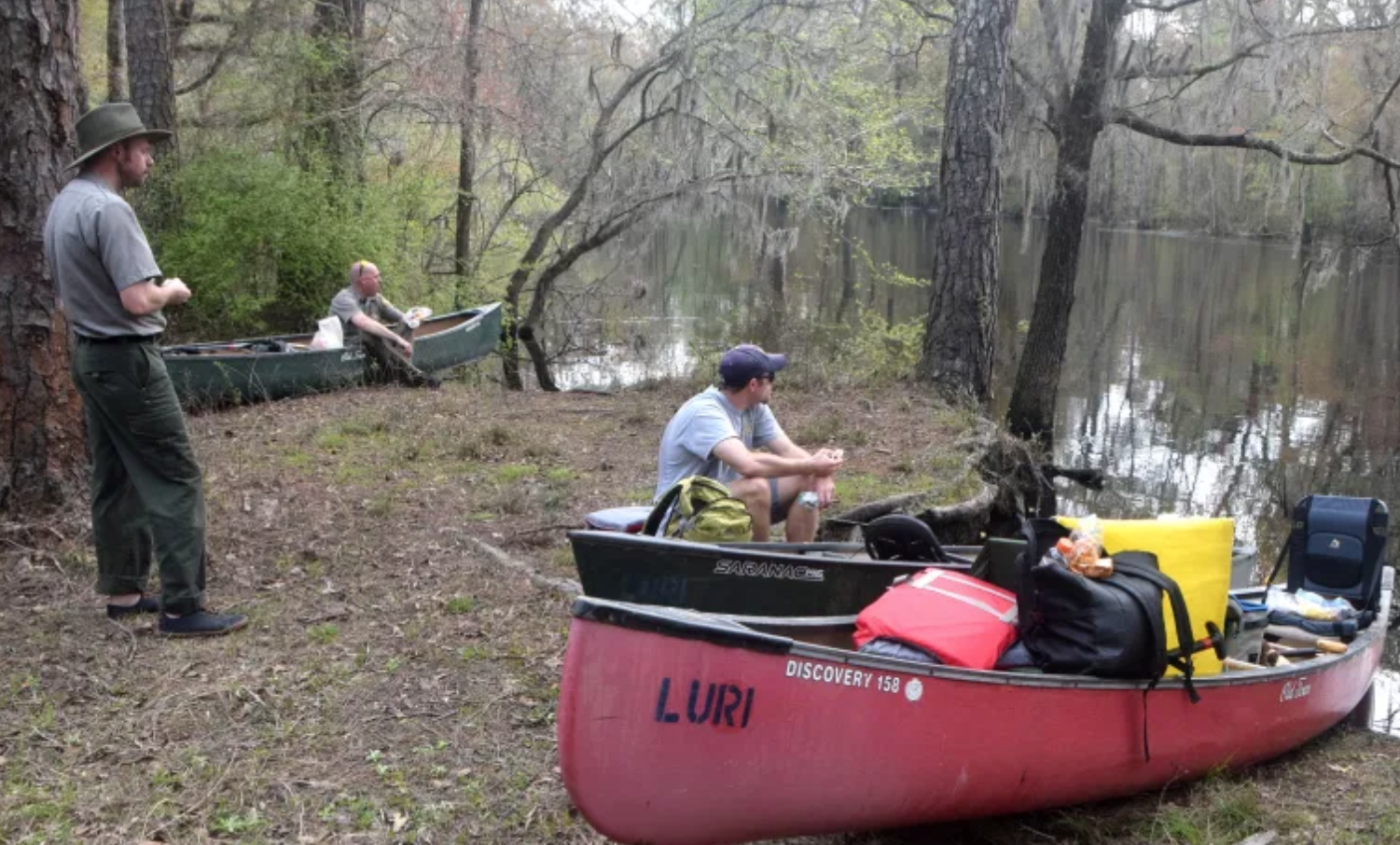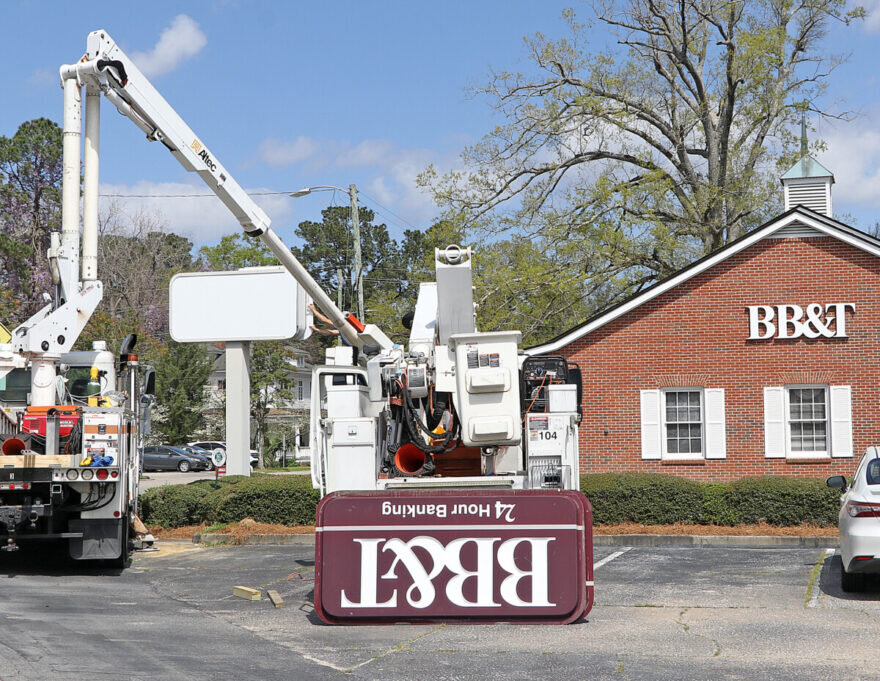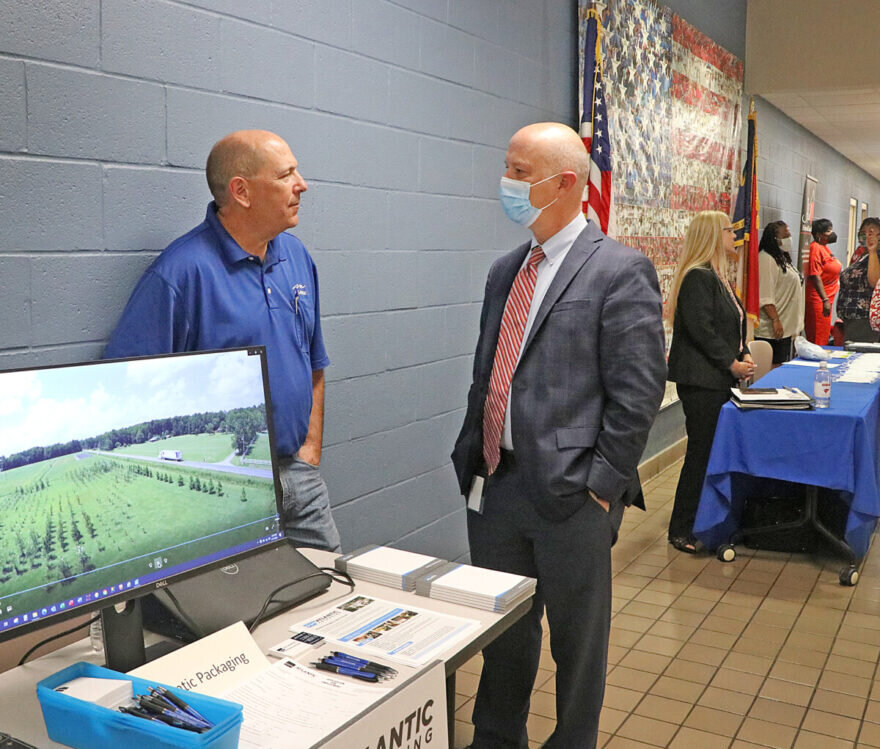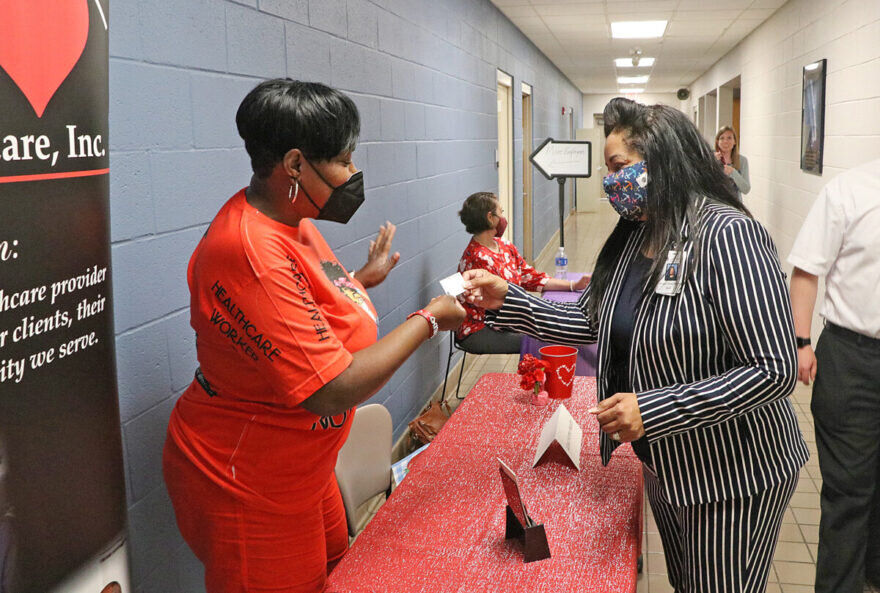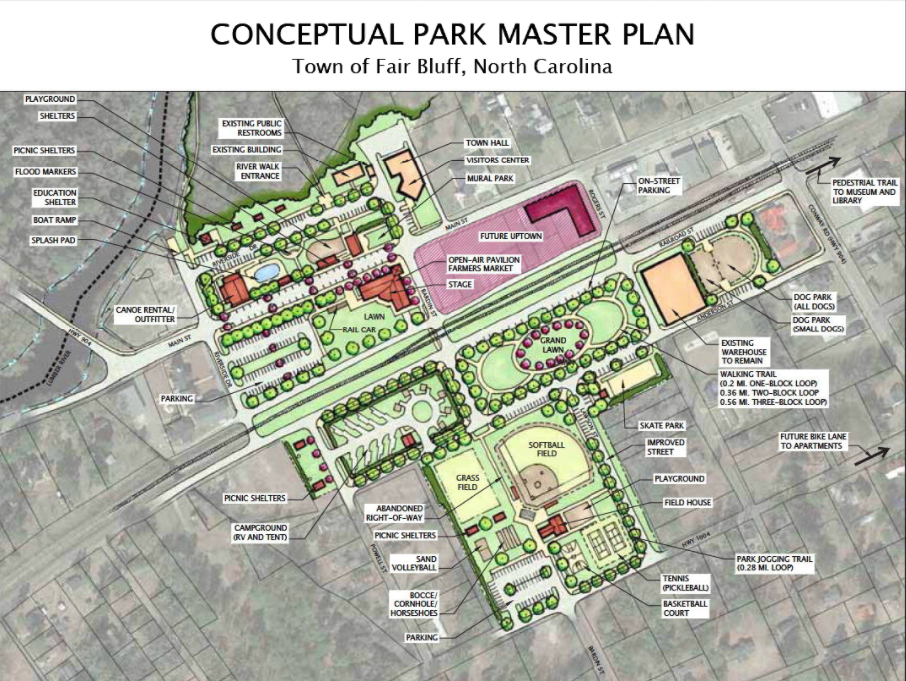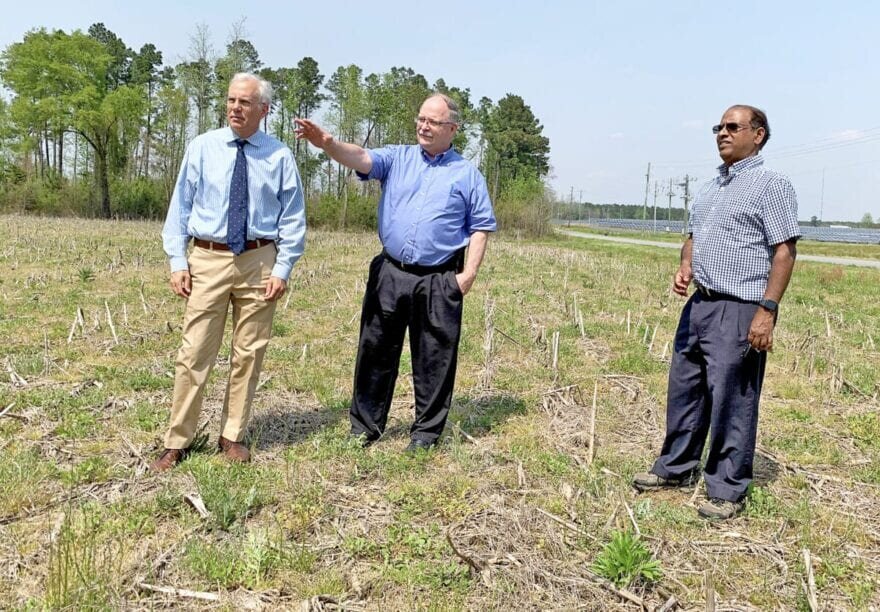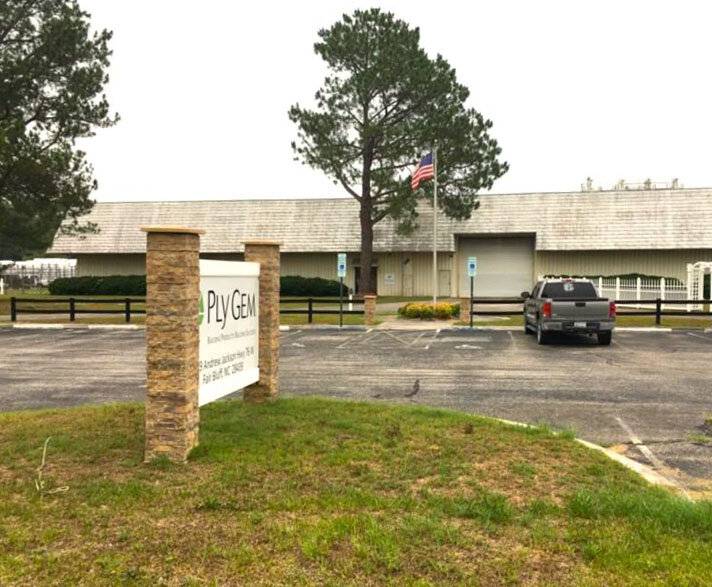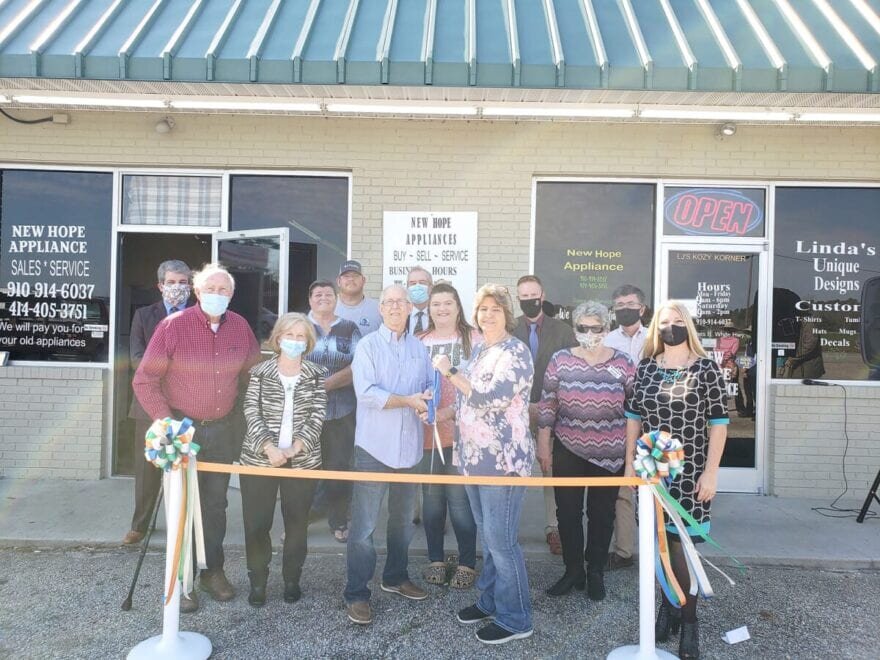By: Thomas Sherrill, The News Reporter
A student walking onto Southeastern Community College’s campus this fall probably won’t see many changes. But the college will be functioning in a very different way — in a new structure meant to break down bureaucratic silos to better serve students.
Previously the college had two instructional divisions: for-credit curriculum classes and not-for-credit continuing education and workforce development.
The new structure — called the “one-college model” — is meant to bring all instruction and student support under one umbrella, according to Chief Academic Officer Sylvia Cox.
“[Students] can’t put their finger on credit versus non-credit. They just have this goal or mind or this career in mind, so the terms to them are artificial,” said Cox.
“We need to make this a welcoming place to come in the door, out the door, back again, just to say hello,” she said, referring to the reality that community colleges are now called on to help train and retrain workers throughout their careers, not just at the beginning.
“Once a Southeastern Community College student, always a Southeastern Community College student,” said Cox, who was elevated to her executive vice president position following the recent retirements of the vice presidents who oversaw academic affairs and continuing education. The college went from recently having four vice presidents to just two. The other vice president role is filled by Lacie Jacobs, hired in spring 2021 to be chief operating officer. Cox said her experience has prepared her for this new role, previously working as an instructor and overseeing student services. “I feel like I’ve learned so much of the college that it gives me the perspective to pull it together,” Cox explained. “And I know Columbus County, so we’re uniquely designed to serve this county. I always tell people whether you come [to SCC] for an event or you come here for an associate degree, or come here for a class or come here to visit us, we are your community college.”
First of the 58
The idea to shift to the “one-college model” is backed by SCC President Chris English, who helped bridge continuing education and curriculum programs when he worked at the N.C. Community College System office and most recently at Blue Ridge Community College.
“Out of the 58 [community colleges in North Carolina, we’re going to be the first to really implement a one-college model to this extent,” English said.
As an example of the importance of the change, English pointed to how law enforcement training used to be structured at the college. Basic Law Enforcement Training was considered continuing education while criminal justice fell within the curriculum division even though they served students who generally had the same career goals.
“You never knew which hand was talking to the other,” English said.
He gave another example of seeing students in the back twiddling their thumbs in an electrical engineering class and finding out they had already learned the material. But because they had previously taken a continuing education class, they had to take it again for curriculum credit.
English and Cox said that the one-college model will better enable SCC to offer “stackable credentials” — a term for educational programs that build on one another and improve the employability of students even if they don’t complete an entire degree program.
The college’s new structure will also ensure that every student — not just those in traditional academic programs — receives advising and other support services.
“We can’t just look at providing instruction for students. Having an open door is one thing, but if we want students to be successful, we have to do way more than open the door. We have to open the door and provide the support they need,” Cox said.
Implementation
Many of the changes brought about by the new model won’t be felt by students but rather by employees.
“There’s going to be a lot of cross-training,” English said.
Cox and English have met with most of the faculty already to explain the new model, and both said the meetings were productive with instructors from both sides realizing the resources that each side can bring.
English said that, on an instructor level, he feels it allows them more flexibility.
“They’re in control of that to meet business and industry needs or to meet new student needs,” English explained.
Cox and English said that six deans are now in place of the former department head positions.
“When we restructured, we didn’t eliminate jobs; we elevated people to the next level whether it be through a dean position, or a program specialist or an associate dean position that aligned their skill set and their knowledge within that department,” English said.
English said he will know the restructuring is successful if the college increases the number of credentials its students earn. He is confident that the model will grow enrollment in the college and, in turn, grow its funding. “We’re going to be able to offer more in areas we haven’t seen in the past,” English predicted.


